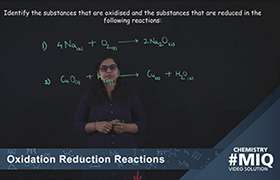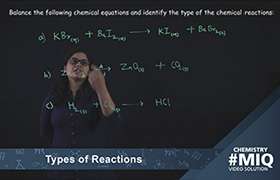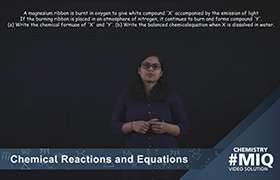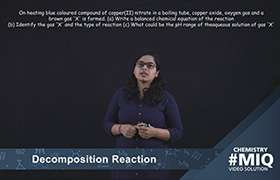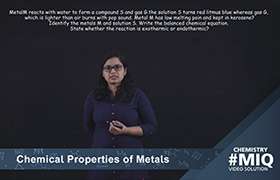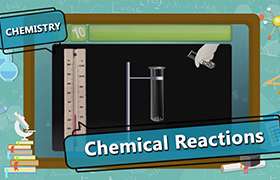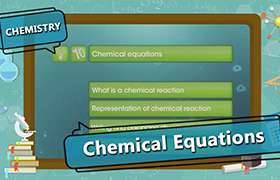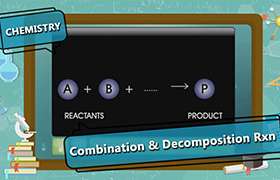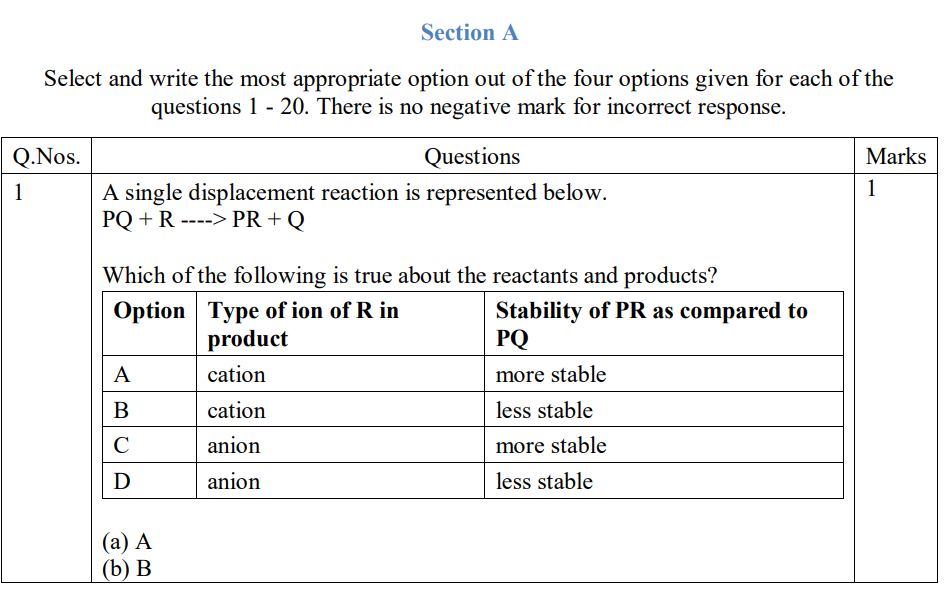CBSE Class 10 Answered
Double displacement reactions have the general form:
AB + CD → AD + CB
Double displacement reactions include precipitation reactions, neutralization reactions and gas forming reactions.
Precipitation Reaction:
Here AB and CD are aqueous ionic compounds (or acids) consisting of aqueous ions (A+ and B-, C+ and D-).
During double displacement reaction, the cations and anions switch partners, resulting in the formation of two new ionic compounds AD and CB, one of which is in the solid state.
This solid product formed is an insoluble ionic compound called a precipitate.
BaCl2 (aq) + H2SO4(aq) →BaSO4(s) + 2HCl (aq)
Neutralization Reaction:
Here AB is an acid (consisting of H+ and A- aqueous ions) and BC is a base (consisting of M+ and OH- ions).
During double displacement reaction, the cations and anions switch partners, resulting in the formation of water and a new ionic compound (or salt), which is usually soluble.
HCl (aq) + NaOH (aq)→ NaCl (aq) +H2O (l)

